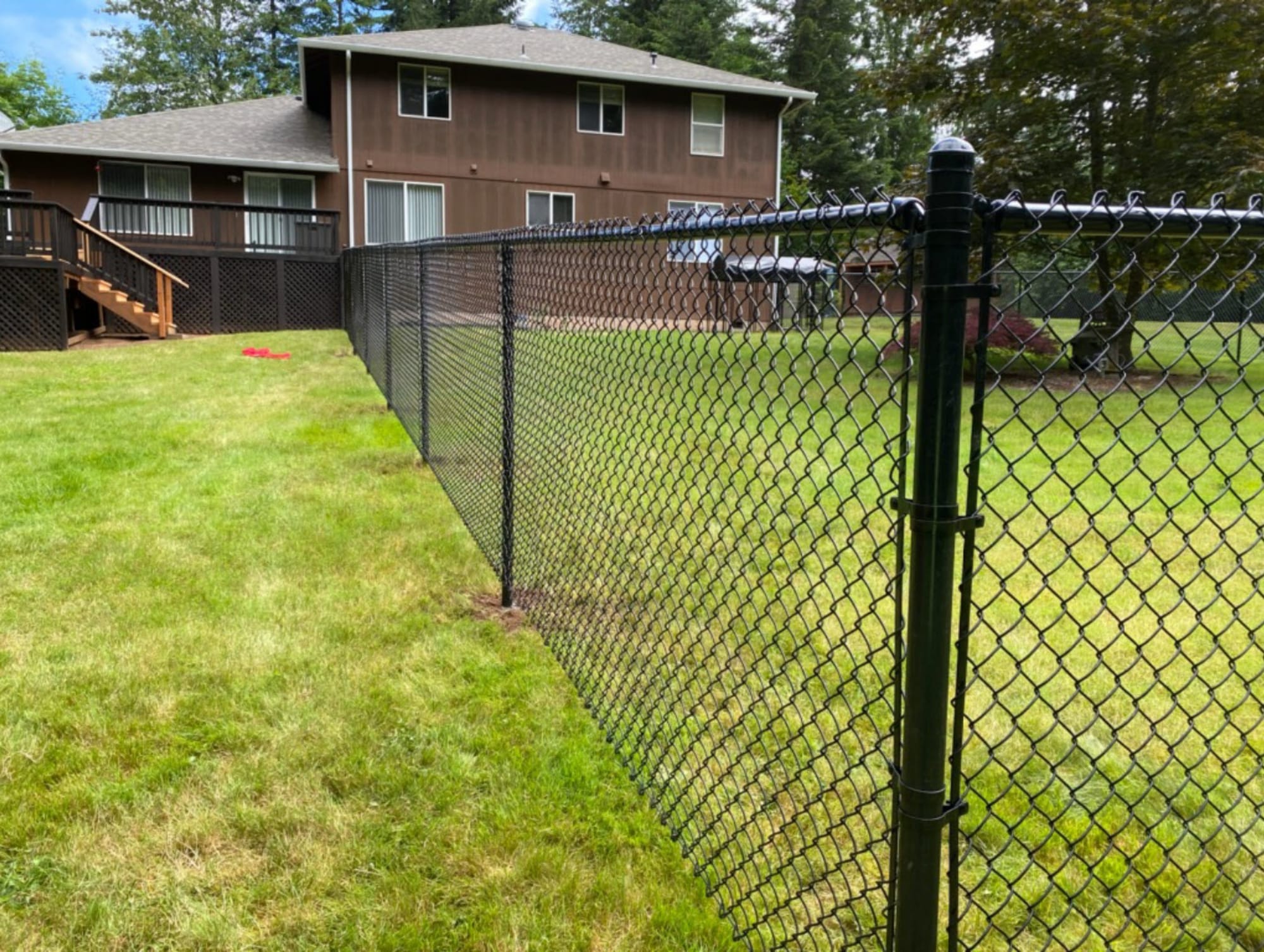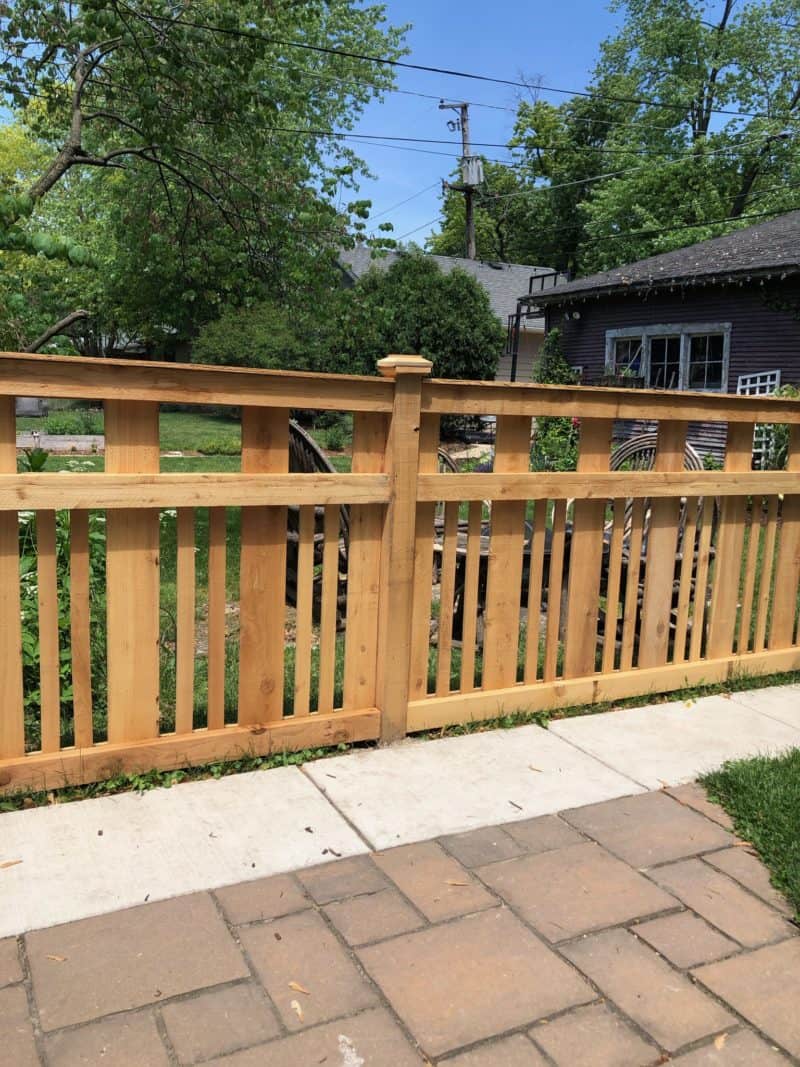All Categories
Featured

When it involves choosing the best fence material for your residential or commercial property, plastic, timber, and aluminum are amongst one of the most popular options. Each product uses distinct benefits that suit various demands, choices, and budgets. Understanding the benefits and drawbacks of each kind can help you make an informed choice based on your concerns, whether that's aesthetic charm, sturdiness, or maintenance requirements. Listed below, we damage down the advantages and drawbacks of these three typical fencing materials.
Timber Fencing. Pros:
Visual Charm: Timber fencings offer a natural, timeless look that complements most kinds of landscaping and architecture. They can be conveniently customized with paint or tarnish, offering you the flexibility to develop the perfect shade and finish for your building. Convenience: Wood can be made use of to create a variety of fence styles, from traditional picket fences to more modern layouts like privacy fencings or rustic ranch-style fences. It's simple to add or modify to over time if your demands transform. Affordability: Wood is generally a lot more budget-friendly than vinyl or light weight aluminum, making it an eye-catching option for property owners on a budget plan. The initial expense of a wood fencing is generally lower than the other products. Cons:

Maintenance Requirements: Wood fences require routine maintenance, including discoloration, securing, or paint to protect them from weathering, rot, and insect damages. Without correct treatment, wood can degrade promptly. Longevity: Timber is susceptible to damage from pests like termites, and it can warp, crack, or split in time due to exposure to the components. In locations with extreme weather, wood might require to be replaced extra frequently than other materials. Limited Lifespan: While timber fencings can last for years with proper care, they normally have a much shorter life expectancy than plastic or light weight aluminum fencings. Vinyl Secure fencing. Pros:
Low Upkeep: Among the biggest benefits of vinyl fence is its low maintenance needs. Unlike timber, vinyl does not need to be repainted, stained, or sealed. It's resistant to fading, cracking, or warping, making it ideal for house owners who desire a convenient fence. Sturdiness: Plastic fencings are immune and extremely sturdy to the elements, including UV rays, rainfall, and humidity. They're also resistant to insects, such as termites, that can harm wood fences. Variety of Styles: Plastic fencings come in a vast array of shades and designs, and many simulate the look of timber without the upkeep drawbacks. You can pick from privacy fencings, picket fencings, and even more to match your requirements. Long Life expectancy: With proper treatment, vinyl fencings can last years, far longer than timber fencings, and they feature guarantees that supply assurance. Disadvantages:
Higher Preliminary Price: While vinyl fencings can save cash on maintenance for many years, they often tend to have a greater upfront cost than wood fencings, which may be a deterrent for some buyers. Limited Customization: While vinyl fencings are available in a variety of designs and colors, they do not have the modification flexibility that wood gives. You're limited to the pre-designed panels offered, which might not fit every unique aesthetic. Prospective for Fracturing in Cold Climates: In extreme cool temperatures, plastic fencings can become weak and might crack under impact, making them less appropriate for areas with freezing winters months. Aluminum Secure fencing. Pros:
Longevity and Stamina: Aluminum is a light-weight yet solid material that stands up to corrosion and rust, making it ideal for seaside areas or areas with high moisture. Light weight aluminum fences require very little upkeep and can endure the components for years. Aesthetic Appeal: Aluminum fences provide a smooth, contemporary appearance. They are available in a variety of attractive styles and can be made use of to produce an extra stylish or modern search for your building. Low Maintenance: Light weight aluminum fencings don't need paint or securing, and they're resistant to corrosion and rust, making them unbelievably reduced maintenance over time. Safety: Aluminum fences supply a greater level of security compared to plastic or wood fencings due to their strong construction. They can be furnished with locks and entrances to give a safe limit around your building. Cons:

Price: Light weight aluminum fences are typically a lot more costly than wood or vinyl fencings, both in regards to materials and setup expenses. This higher cost factor can be a disadvantage for budget-conscious home owners. Less Personal privacy: Light weight aluminum fences typically have an even more open layout, with pickets spaced apart to allow exposure with the fencing. This might not be the finest selection for your residential or commercial property if personal privacy is a priority. Prone to Denting: While aluminum is rust-resistant, it can still be nicked or curved if struck with pressure, such as by a vehicle or hefty tools. While it won't corrosion, it may not retain its excellent appearance if it gets damaged. Which Product is Right for You? Picking the ideal fence product depends on your certain needs, spending plan, and long-term strategies for your building. On the various other hand, if you require a resilient, safe fencing with a sleek look, aluminum may be the appropriate product for you.
Inevitably, consider your environment, maintenance preferences, and aesthetic needs when choosing your fencing material. Each option has its strengths and weak points, however with the ideal care and setup, all three can give attractive and reputable boundaries for your residential property.
Latest Posts
Top-Quality Auto Repair at Montclare Auto Repair - Schedule Now!
Published Apr 20, 25
2 min read
Reliable Auto Care for Every Make & Model: Your Complete Auto Solution in Montclare
Published Apr 20, 25
2 min read
NAPA AutoCare: Quality Repairs Guaranteed by the NAPA Standard
Published Apr 20, 25
2 min read
More
Latest Posts
Top-Quality Auto Repair at Montclare Auto Repair - Schedule Now!
Published Apr 20, 25
2 min read
Reliable Auto Care for Every Make & Model: Your Complete Auto Solution in Montclare
Published Apr 20, 25
2 min read
NAPA AutoCare: Quality Repairs Guaranteed by the NAPA Standard
Published Apr 20, 25
2 min read